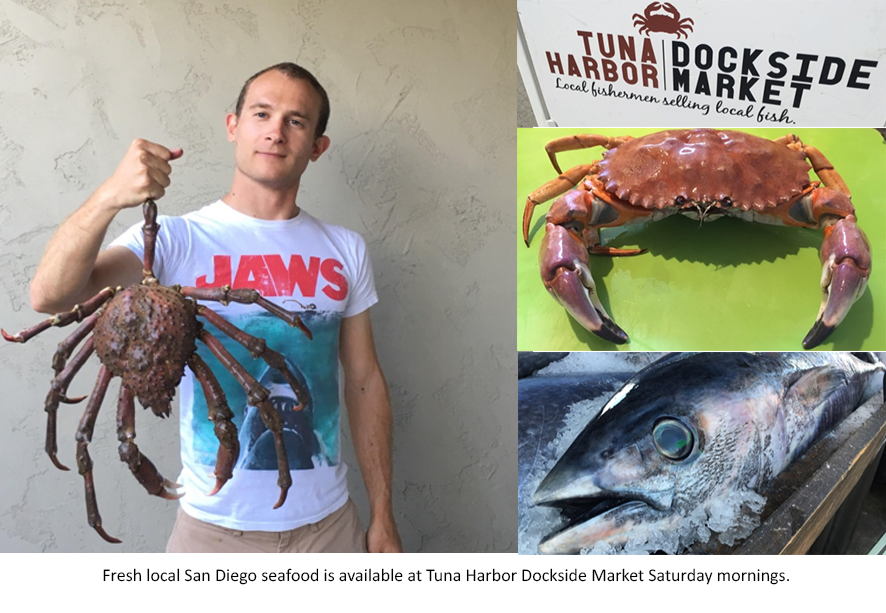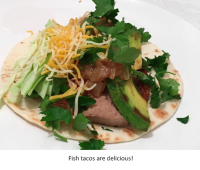
“What species of fish is the taco served with?”
“Where and how was the fish caught or grown?”
“Is the fish actually what it is labeled to be?”
I feel funny asking the waiter or chef all of these questions because, more often than not, they will not know all the answers and no one likes to be embarrassed.
Selecting healthy and sustainable seafood is challenging in part because the industry is plagued with issues including overfishing, lack of traceability, mislabeling, and misinformation.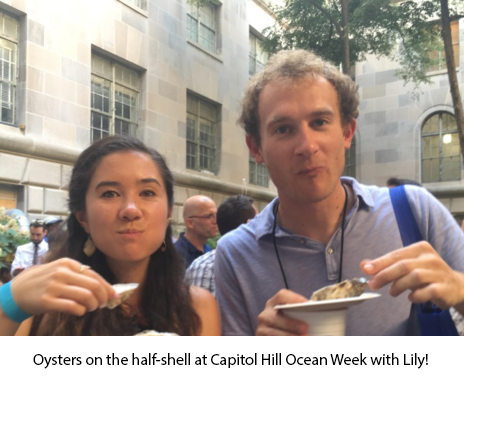
My favorite seafood is salmon. But up until about two years ago, I avoided all farmed fish because I had read somewhere that it takes four to five pounds of wild-caught fish to produce one pound of farmed salmon. I would opt for a beef burger instead of grilled Atlantic salmon.
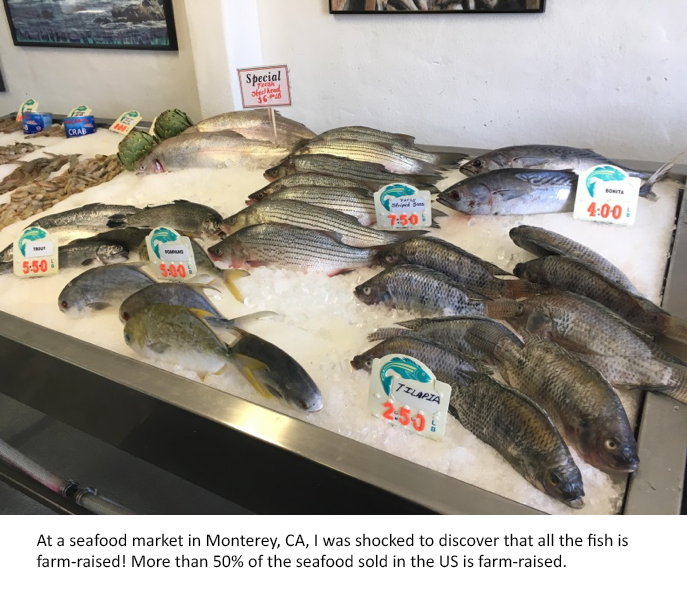
To anyone with an environmental conscience, a 5:1 ratio couldn’t possibly be sustainable. In my mind, farming salmon was akin to farming carnivorous tigers on land; they simply required too much protein to produce sustainably.
But is the 5:1 ratio, often referenced without a proper source (1, 2, 3, 4, 5), accurate? I did my own research and found that one of the largest farmed salmon companies today reports that they use 0.77 pound of wild-caught fish to produce one pound of Atlantic salmon, suggesting that the 5:1 ratio is significantly out-of-date. Further, I was surprised to learn that it takes only 1.2 pounds of dry feed to product 1 pound of salmon. This feed conversion ratio is lower than that of beef, pork, or chicken (Table 1)!
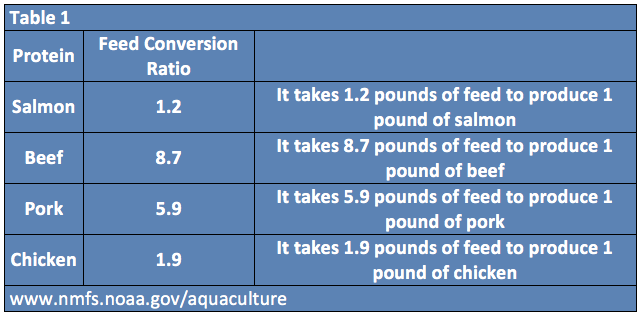
Is the decision of passing on farmed salmon in favor of a beef burger actually an environmentally friendly decision? In my mind, there is no straightforward answer to this question because there are many more issues that need to be considered in the sustainability equation. For example, cattle farms produce huge amounts of methane, while salmon farming and other forms of aquaculture are plagued by a myriad of issues including disease, pollution, escapes, and habitat destruction.
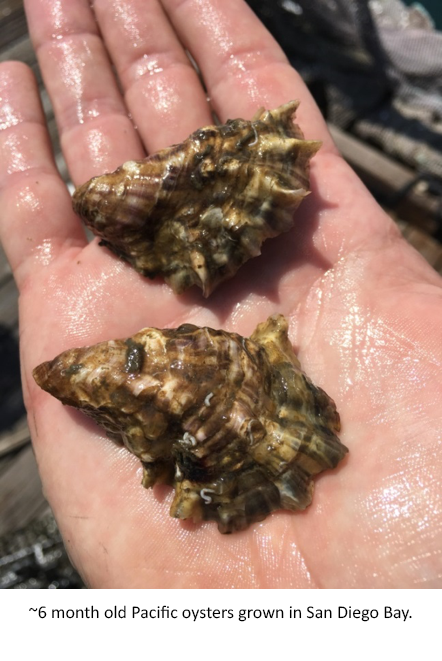
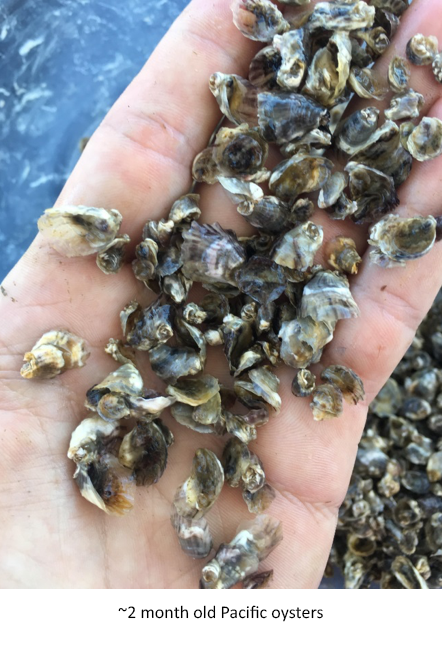
But what would happen if everyone avoided putting farmed seafood on their plate? There would be a huge shortage of protein. Aquaculture is the fastest growing food production system in the world. Global aquaculture production has surpassed wild catches as the primary source of all seafood consumed. Global aquaculture production has also surpassed global beef production.
Is farmed seafood the be-all and end-all solution? No. But the global population is expected to reach 9.6 billion by 2050 and aquaculture will continue to play an increasingly important role in feeding the world.
And what about aquaculture’s myriad of problems, one might ask? One partial solution is to grow more farmed-raised seafood in the U.S. under a tight regulatory framework to ensure sustainable practices. Many people will argue “not in my backyard,” but with a growing population and increasing demand for food, this view may be short-sighted. If we do not produce food in our own backyard, it must be produced elsewhere. However, it is difficult, if not impossible, to regulate how seafood is farmed in other countries. Are other countries using sustainable and healthy methods? Are the working conditions safe? Are chemicals and/or antibiotics being used?
Nevertheless, 91% of the seafood consumed in the U.S. is imported and 50% of that is farm-raised! Driven by imports, the U.S. seafood trade deficit has grown to over $14 billion. What if this figure could be flipped and, instead, the U.S. sustainably produced 90% of its own farmed seafood under a tight regulatory framework?
As a California Sea Grant State Fellow, I was paired up with the Port of San Diego with the incredible opportunity to further the goal of expanding sustainable aquaculture opportunities in California and the U.S. In June of this year, the Port’s Board of Commissioners approved a public-private partnership that will bring in an oyster nursery into San Diego Bay this fall. This project is the Port’s first aquaculture partnership and a project that I am proud to be working on. I hope that this oyster nursery is the start of many future sustainable aquaculture projects that I will help advance in an effort to reverse the U.S. seafood deficit. Ultimately, I hope my work will make buying seafood easier by giving customers the opportunity to purchase locally grown, sustainable seafood.
Written by William Jones